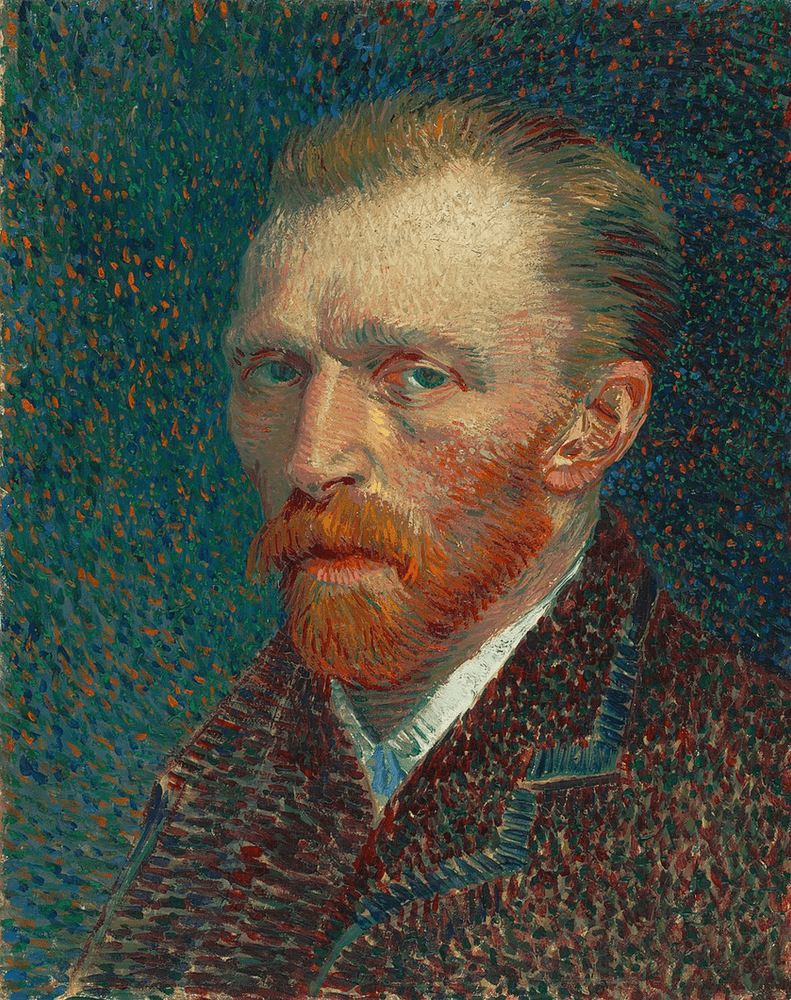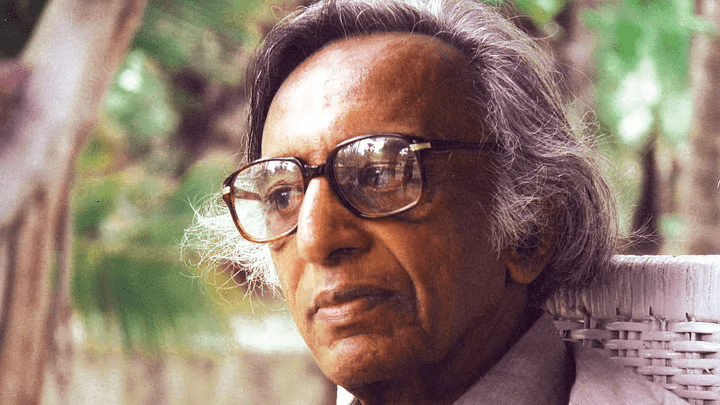What comes to your mind when you think of modern art styles? Do you picture Van Gogh’s post-impressionist brushstrokes? Or maybe you refer to Pablo Picasso’s cubist manner? Or do you think of Henri Matisse’s expressive use of colours? But did you know that these art practices have been inspired by artworks from outside Europe.
It was the catalogue-cover of the 1939 exhibition at the Museum of Modern Art, titled ‘Cubism & Abstract Art’, that highlighted some of these non-European art influences.
‘Cubism and Abstract Art’ was a landmark exhibition that not only established the Museum of Modern Art as an authority on modern art practices but also proved to be influential in setting out a timeline of the development of modern art styles. A ‘genealogical tree’ prepared by the young museum curator Alfred H. Barr Jr. had appeared on the cover of the exhibition catalogue. This catalogue cover-diagram charts the development of modern art styles from Neo-Impressionism of the 1890s to Abstract Art of the 1930s.

The chart highlights how different art styles informed and influenced each other’s trajectory over a period of 5 decades. An interesting feature of the chart is the text in orange that points to the numerous art influences. Three such examples in the upper half of the diagram are: Japanese prints, Near Eastern art and Negro sculpture.
In this blog, we discuss these three art influences from outside Europe and and ways in which they were adapted and assimilated within the modern art trajectory.
Japanese Prints
Originally called ukiyo-e, which roughly translates into “pictures of floating world”, the mass produced Japanese woodcut prints had a special appeal amidst few 19th-century European artists. These prints that represented beautiful landscapes, usually acted as souvenirs collected by Japanese travellers as they traversed through their country. These prints reached the Western shores in the early part of the 19th-century and were gradually found in abundance in Paris in the 1860s. Édouard Manet was one of the first European artists who was fascinated by these Japanese prints. His portrait of Émile Zola depicts a background wall covered with these prints.

If Monet’s painting makes the first reference to the imported Japanese prints, Vincent Van Gogh was the artist who tried to emulate the art style of these prints. Van Gogh had an idealised vision of Japan and wished to “become more and more like a Japanese painter, living close to nature en petit bourgeois…”. He used to collect the Japanese prints and try copying them on his canvas. However, he did not merely copy these prints, and rather used them to develop his own unique post-impressionist style.
Van Gogh’s famous painting Branches with Almond Blossom was inspired by one such mass produced Japanese woodcut prints.


Negro Sculptures
During the early 1990s the aesthetics of traditional African sculpture became popular among European artists. If Japanese woodcut prints were treated as artworks in Europe, the African sculptures were presented merely as artefacts from the colonised land to be displayed in pawnshops and flea markets. However, these sculptures interested Pablo Picasso who repeatedly visited the African collections at Trocadéro. He says that these African sculptures inspired him to move beyond the decorative arts and experiment with the form of the human body. The famous portrait of the writer Gertude Stein by Picasso, is modelled after one such inspiration. The frozen, mask-like face of the writer in the painting has been influenced by one of the sculptural busts from Africa.


Pablo Picasso’s séminal Les Demoiselles d’Avignon, credited with the birth of cubism, is also modelled after the mask-like faces of African sculptures.

Near-Eastern Art
While there is no certainty as to what Barr meant by ‘near-eastern art’, it can be conjectured that he was referring to Egyptian art and its use of colours.
Henri Matisse, one of the painters most closely associated with Fauvism, made extensive use of colour for its expressive quality. Instead of just rendering a realistic portrayal of the subject, colours in his artwork elicited emotional response. One such painting is “Interior with Egyptian Curtain” by Matise where the artist can be seen tapping on the bright colour scheme of Egyptian textile to bring a vibrant energy to the window motif.

Ever since its first appearance in 1936, Alfred Barr’s chart has been historicised, criticised, studied and even parodied. While of course the chart falls short to incorporate all the art movements that had a significant impact on the development of modern art practices, it did the important task of recognizing few non-European influences. Rather than being just reduced to the status of derivatives, though limited in its approach, this chart did the crucial task of bringing credit to artistic influences from outside Europe.
Did you know that another such chart was prepared by Miguel Covarrubias in 1933 called The Modern Art Tree. Let us know if you can spot the non-European influences in this art tree.
Keep following the AF editorial page for more such interesting facts from the art world.





